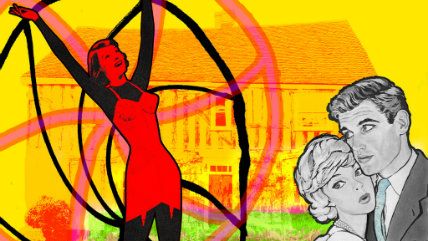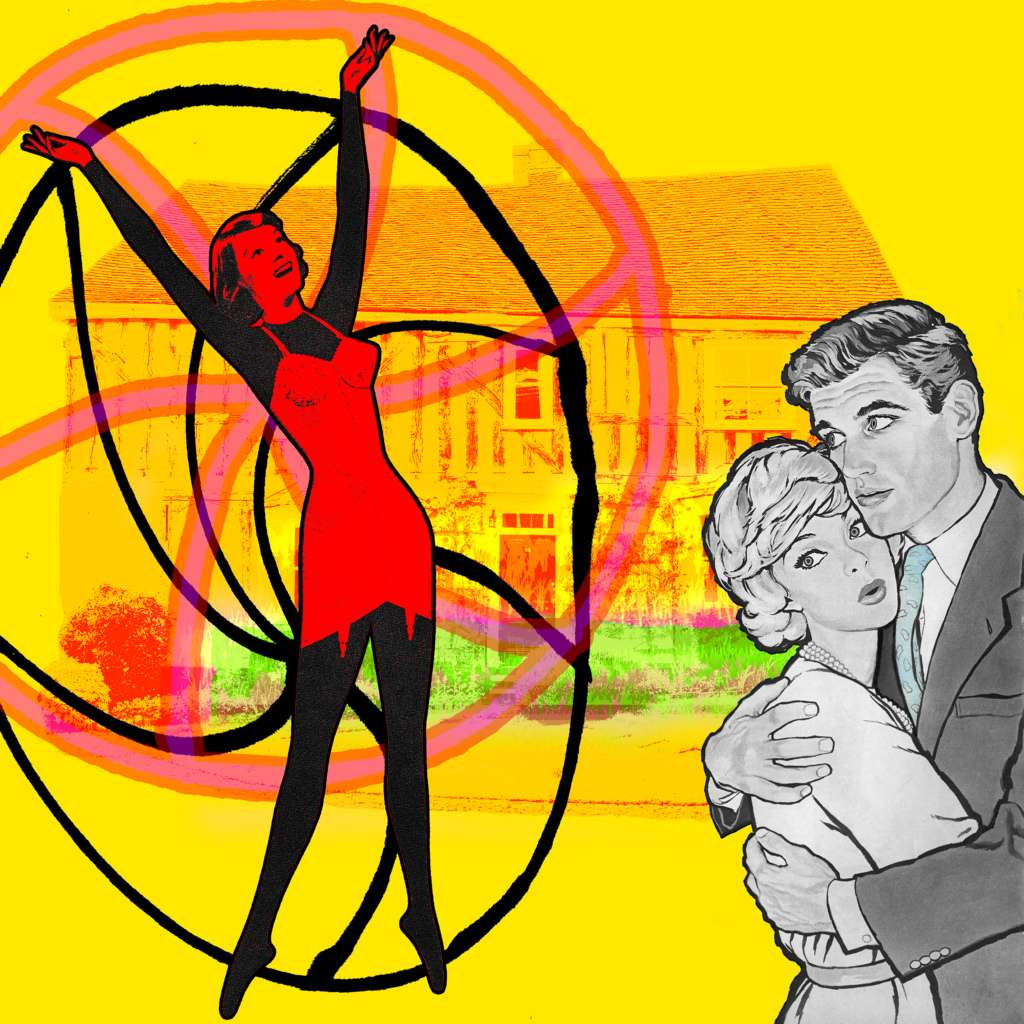Gender Stereotypes Have Budged Little Since the Early '80s
American perceptions about male and female roles, traits, and behaviors show little change since 1983.


The good news? We've broken barriers in our cultural perceptions of postal workers and men's legs. But in all sorts of other ways, Americans are still clinging to the same gender stereotypes they have since the 1980s. A new study finds few significant changes since then in people's perceptions about gender roles and traits.
It seems that despite high-profile transgender activism and the brave new world of gender-neutral pronouns, most Americans are still clinging to a binary, essentialist view of gender that ascribes agency and leadership traits to men and nurturing, emotional tendencies to women. The one significant, positive change found in the study was an increased belief that women are competent at assuming financial obligations and handling financial matters. Otherwise, the study—published online March 9 in the journal Psychology of Women Quarterly (PWQ)—actually found more gender stereotyping now about female roles and behaviors than there was 30 years ago.
"Changes in the activities and representation of women and men in society have unquestionably occurred since the early 1980s," notes the paper. "However, those changes apparently have not been sufficient to alter strongly held and seemingly functional beliefs about the basic social category of gender."
For the study, psychology researchers compared survey data collected in 1983 to data they gathered in 2014 using the same set of questions. The earlier data did not contain much demographic-info on participatns, but all were college students. The 2014 subset, by contrast, contained respondents as young as 19-years-old and as old as 73, with a mean age of about 39 years.
Worried the presence of older individuals in the second survey skewed overall beliefs more regressive, the study authors—Elizabeth L. Haines, Kay Deaux, and Nicole Lofaro—compared answers across age groups and found little difference between younger and older respondents. "It appears that the observed increase in female gender role stereotyping between the two time periods was not related to age differences between the two samples, nor did age show any systematic relationship to beliefs about gender characteristics," the authors concluded.
Male and female respondents were also equally susceptible to gender stereotyping—although, among 2014 respondents, men were more likely to subscribe to gender stereotypes about men and women were more likely to subscribe to gender stereotypes about women.
Asked to say how likely a man, woman, or person of unspecified gender was to possess 25 individual behaviors, study respondents in 1983 attached significantly gendered weight to 21 out of 25 behavior categories. In 2014, it was 22 out of 25 categories. Interestingly, the specific behaviors perceived as gender neutral shifted over time.
In 1983, "defers to the judgements of others," "source of emotional support," and "plans for the future" were all deemed relatively gender-neutral descriptors. In 2014, the neutral categories were "assumes financial obligations," "makes major decisions," and "handles financial matters."
An analysis of 25 individual occupations also turned up highly gendered beliefs about who should hold them. In 1983, only "bookkeeper" had no significantly gendered connotations. In 2014, it was only "postal worker." And respondents also perceived significant gender differences for most physical traits, with only one of 25 descriptors ("well built") not differentiated in 1983 and only three—"physically fit," "thin," and "long legs"—in 2014.
Thoughts about psychological or emotional trait differences likewise "remained consistent and strong between the two time periods," the researchers found. Women continued to be rated higher on "communal" traits than men, while men continued to be rated higher for "agentic" traits. Across all trait categories, only "active" was not seen as much of gendered term in 1983. In 2014 respondents, the four traits that didn't show much gender differentiation were "active," "stands up under pressure," "makes decisions easily," and "never gives up easily."
"Despite differences in samples and in time periods, there was virtually no difference in the degree to which beliefs about typical men and women were differentiated on agentic and communal traits, male gender roles, male and female occupations, and male and female physical characteristics," the authors summarize. "The one exception was a significant increase in stereotyping on the female gender role; however, this change appears to have occurred because contemporary judgments on this component were less variable than they were in the past, rather than being due to any marked change in mean likelihood ratings."
The authors believe that maintenance of gender stereotypes despite the increasingly similar social roles and behaviors of men and women comes down to "confirmation bias, cultural lag, backlash, and essentialist categorical beliefs."


Show Comments (158)